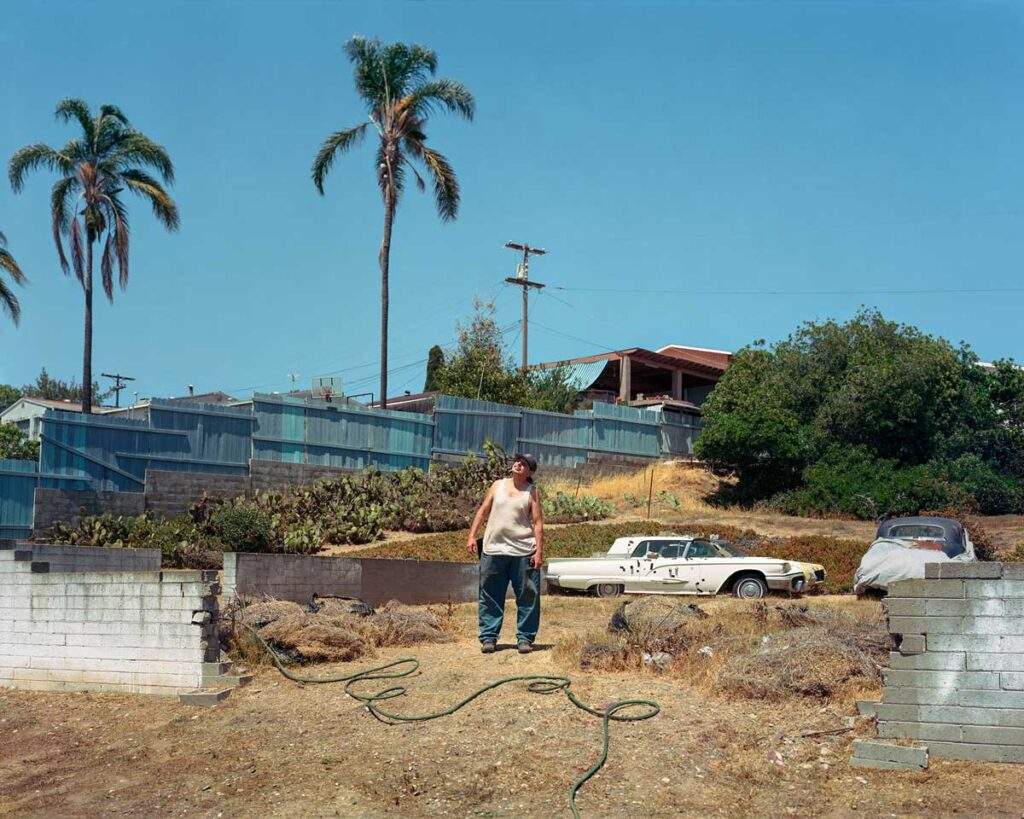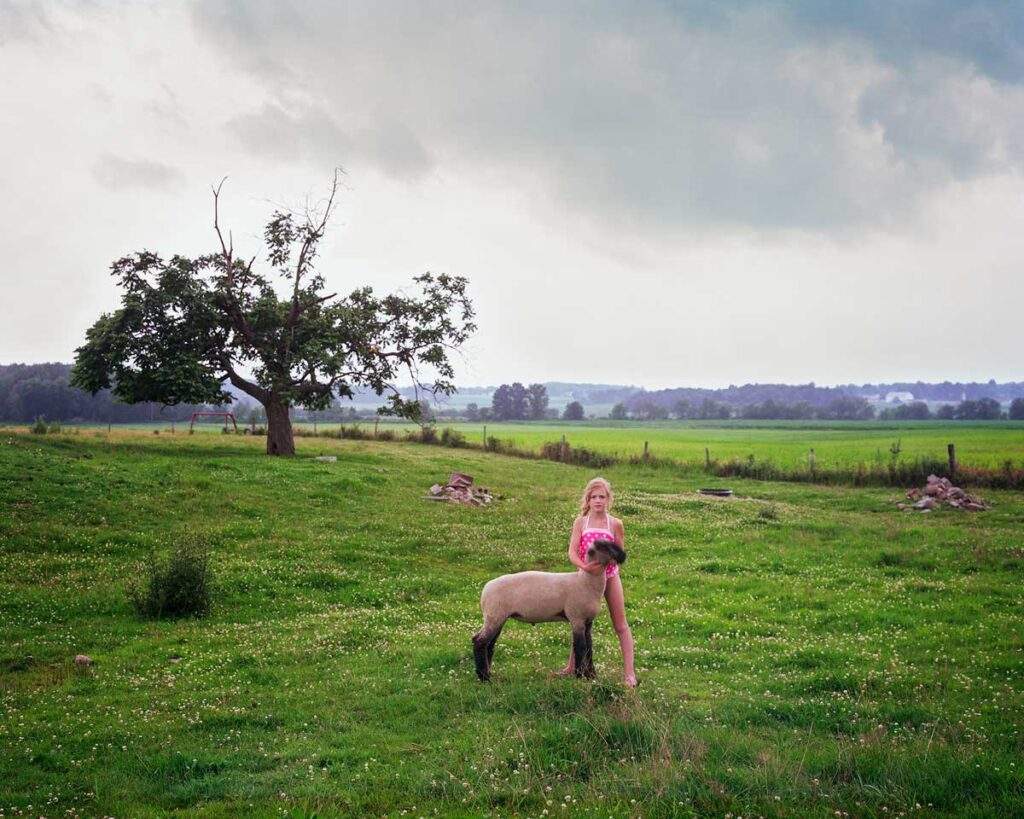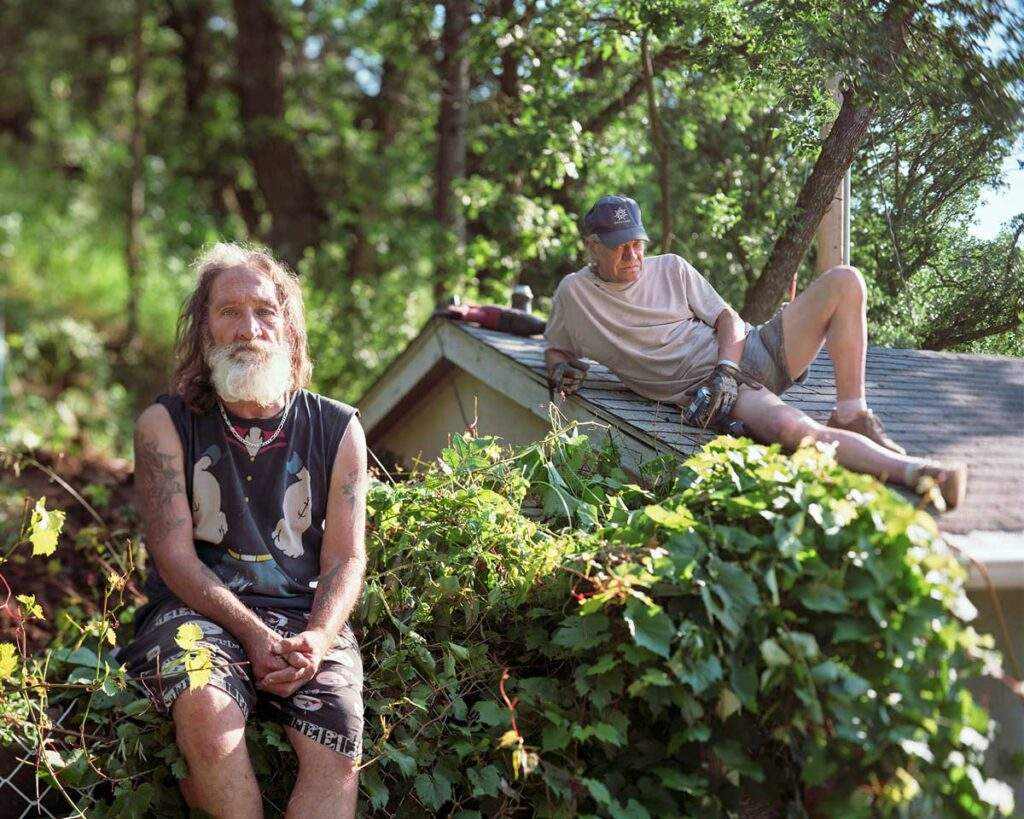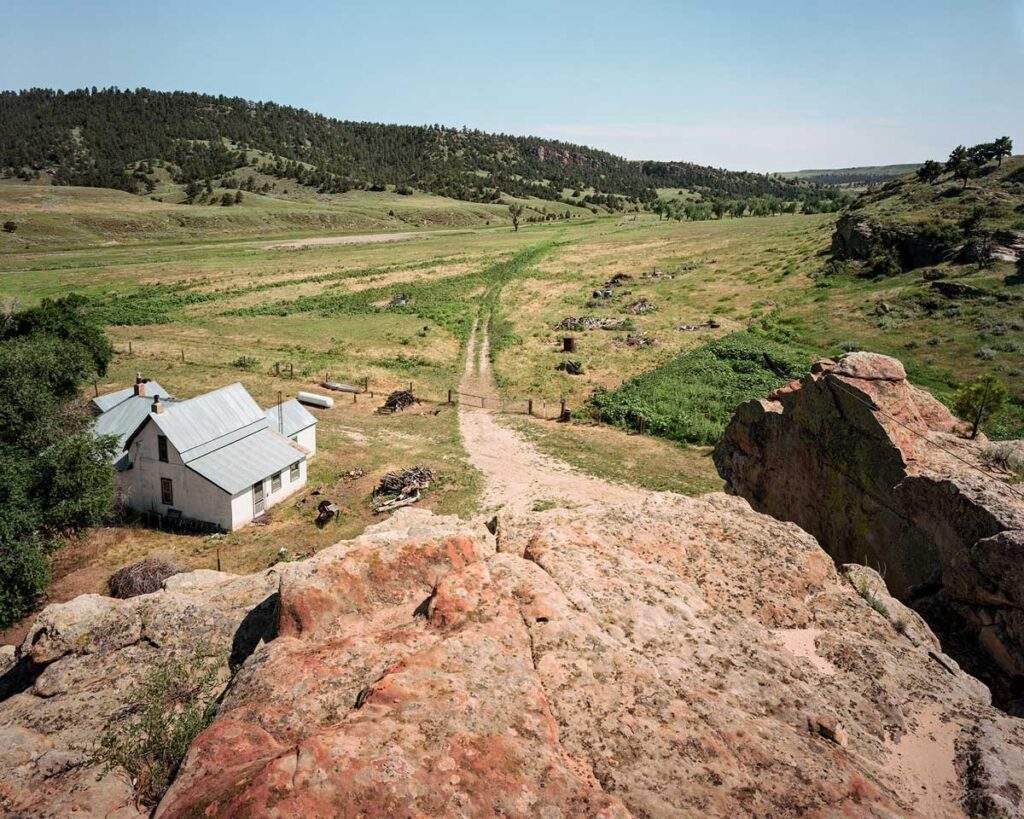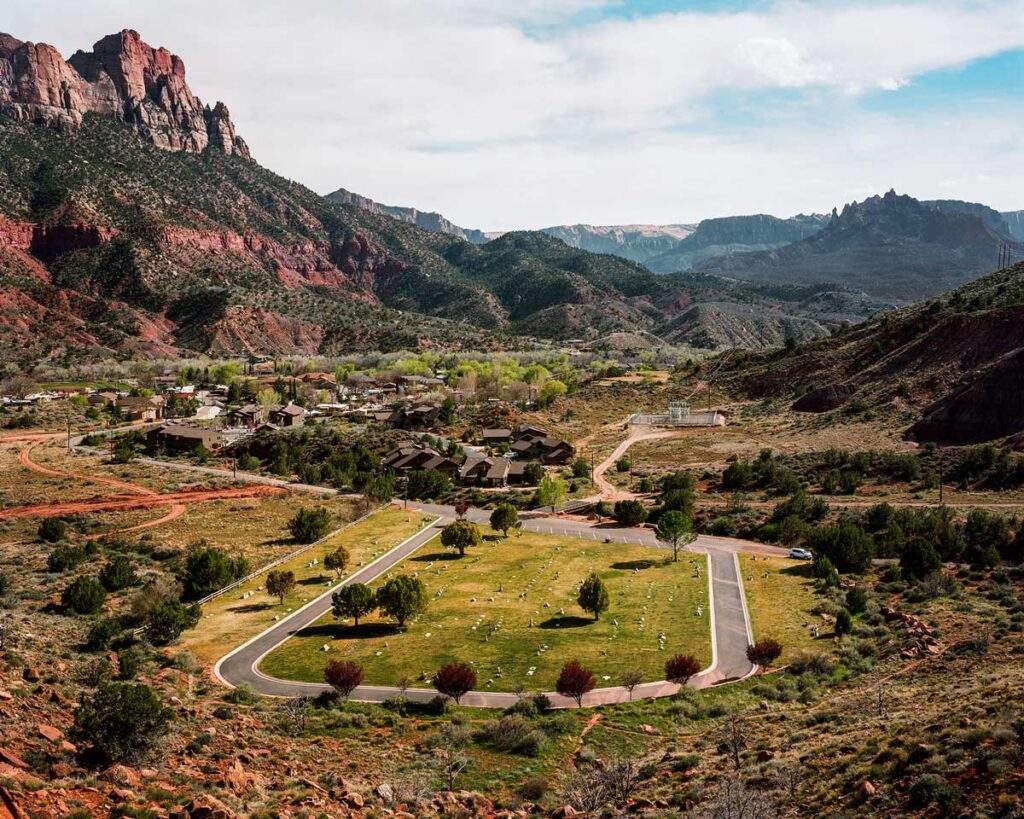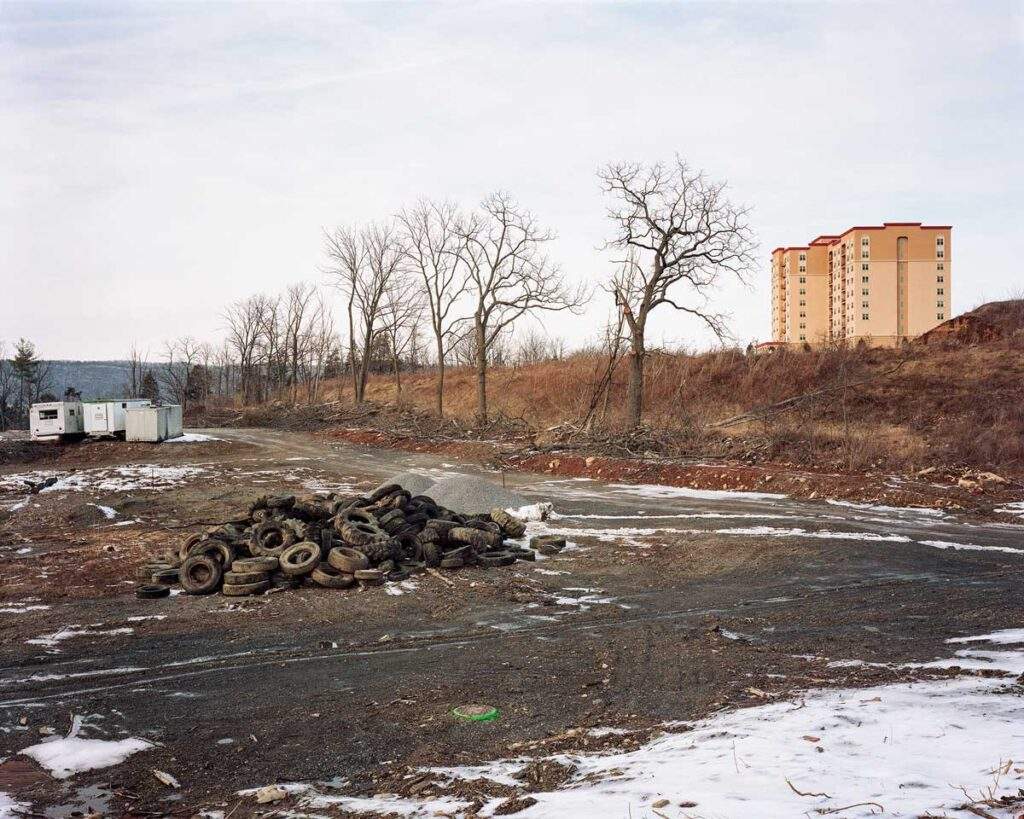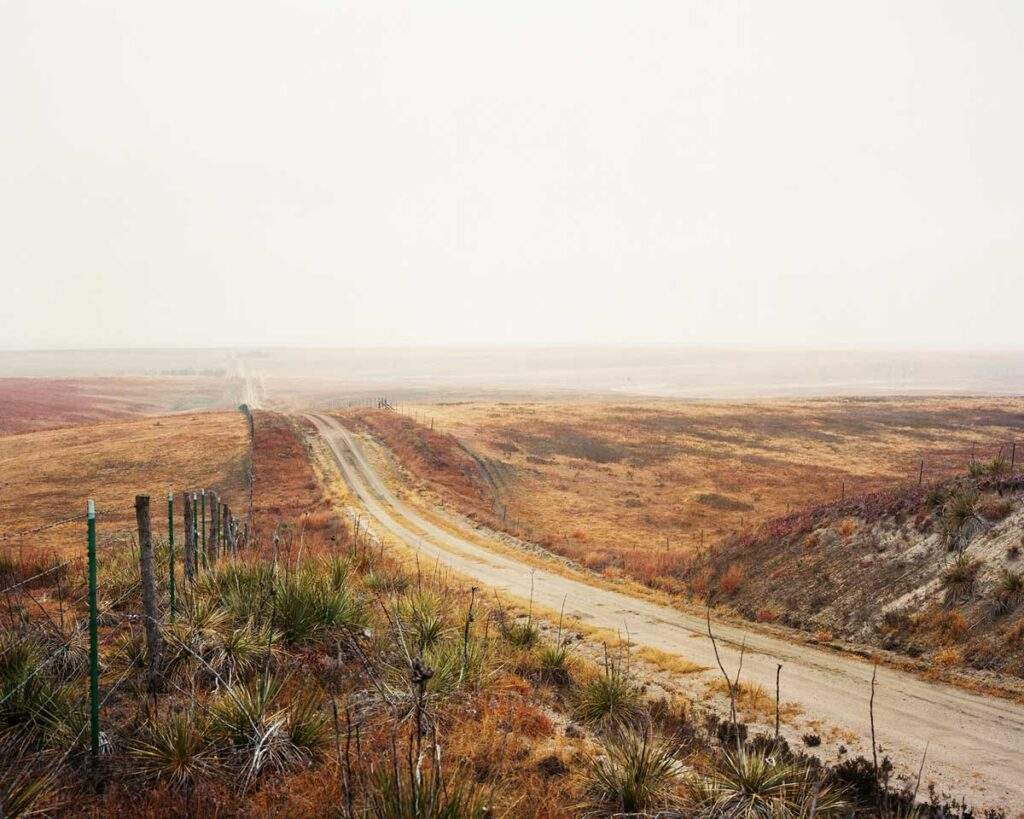Eliot Dudik
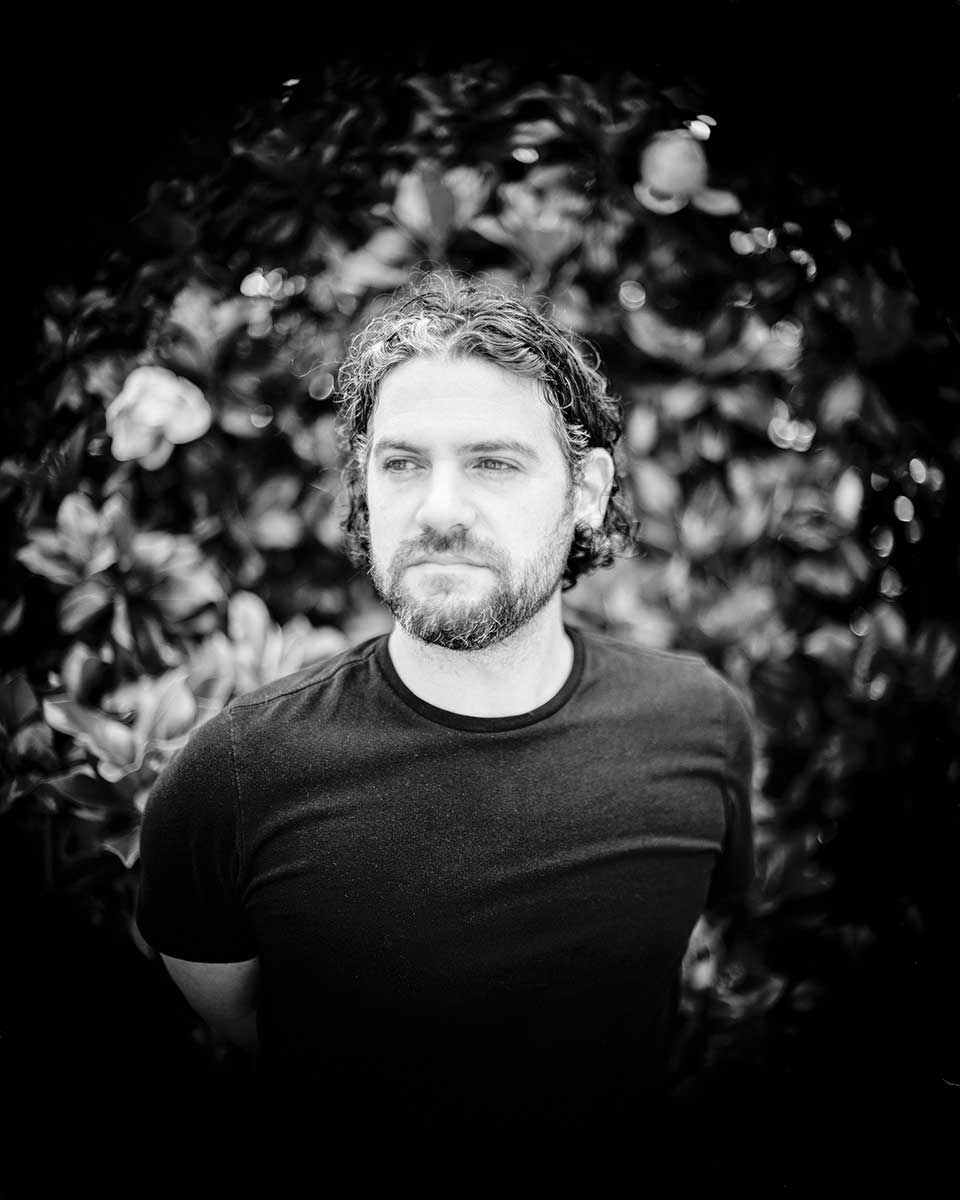
About
Eliot Dudik (https://www.eliotdudik.com) is an American photographer and book artist with works in institutional and private collections across the globe. His long-term projects, books, and collaborations explore the connection between culture, memory, history, and place. His first monograph, ROAD ENDS IN WATER, was published in 2010. In 2012, Dudik was named one of PDN’s 30 New and Emerging Photographers to Watch and one of Oxford American Magazine’s 100 New Superstars of Southern Art. He was awarded the PhotoNOLA Review Prize in 2014 for his BROKEN LAND and STILL LIVES portfolio, resulting in a book publication and solo exhibition. His unique and interactive book COUNTRY MADE OF DIRT (2017) was recently acquired by Yale’s Beinecke Rare Book & Manuscript Library, The Virginia Museum of Fine Arts, and Duke University’s Rubenstein Rare Book and Manuscript Library. Dudik produced two collaborative books in 2018: NOTHING THAT FALLS AWAY with Meg Griffiths and Zatara Press and AND LIGHT FOLLOWED THE FLIGHT OF SOUND with Jared Ragland for One Day Projects. Dudik’s work will be included in the Mulhouse Biennial of Photography at the French Cultural Center in Freiburg, Germany during the summer of 2018. Dudik’s photographs have been published in Smithsonian Magazine, New York Times, CNN, Oxford American Magazine, as well as featured in Lenscratch, View Camera Magazine, Rangefinder Magazine, Photo District News (PDN), Hotshoe International, Feature Shoot, BuzzFeed, The Great Leap Sideways, Guide to Unique Photography (GUP) Magazine, and VICE. His photographs have been installed internationally in solo and group exhibitions including the Halsey Institute of Contemporary Art, Griffin Museum of Photography, Center for Fine Art Photography, Dishman Art Museum, Morris Museum of Art, Masur Museum of Art, Muscarelle Museum of Art, Cassilhaus, Annenberg Space for Photography, Columbia Museum of Art, Southeast Museum of Photography, the Chiang Mai Photo Festival, the Southern Gallery of Contemporary Art, Gordon Art Galleries at Old Dominion University, Welch Gallery at Georgia State University, Rebecca Randall Bryan Gallery at Coastal Carolina University, Staniar Gallery at Washington and Lee University, Warner Gallery at St. Andrew’s School, New Orleans Photo Alliance, Carte Blanche Gallery, Davis Gallery at the Mayo Clinic, and the Carlson Gallery at the University of La Verne. Dudik is based in eastern Virginia, between Richmond and Williamsburg, where he manages his active photography and book arts studios. He founded the photography program within the Department of Art & Art History at the College of William & Mary in 2014 where he is currently teaching.
Gallery
LACP Interviews Eliot Dudik
LACP asks Eliot Dudik ten questions about his background, career in and beliefs about photography
LACP: What kind of photographer are you?
Eliot Dudik: An obsessively curious one. I work in a variety of ways and with a variety of materials, tools, and processes. I generally use the landscape to build my thoughts upon, and often add in portraiture, interiors, and such as I move deeper into a project. I make books. I’m obsessed with photo books and book making. I like physical things and I tend to gravitate toward working with things that I can touch and physically manipulate.
LACP: How long have you been shooting?
ED: I suppose I’ve been actively making photographs since I was about 16 or 17, nearly every day since then. So a little under 20 years, almost half my life.
LACP: Where did you get your training?
ED: I studied photography, anthropology, and art history at the College of Charleston in Charleston, South Carolina. It was there that I first stepped into a darkroom. After my first photography class, I built a darkroom in my apartment bathroom, and worked out of there the rest of the time I was in college. I worked at a photography shop and then a photography gallery while in Charleston. I then attended the Savannah College of Art and Design and received my MFA in photography. I published my first book, Road Ends in Water, as I was exiting the MFA program, and have had books on my mind ever since. I then began teaching photography at the University of South Carolina, I was there for about three years. Then, I was hired by the College of William & Mary to build their first photography program. I’ve been here at William & Mary ever since working with some of the most talented undergraduates I’ve seen. I learn from them every day; I am very much still in training.
LACP: When did you know you wanted to devote your life to photography?
ED: I was pretty certain when I arrived in Charleston to begin my undergraduate degree, but was also concerned that I was just being young and naive thinking I could actually have a career in photography. I decided to go at it 100%, but also decided to get degrees in anthropology and art history while also studying photography so as to give myself a suitable background to work for National Geographic, of course.
LACP: Did you ever come close to giving up?
ED: Thankfully, no.
LACP: Have you sacrificed anything by being a photographer?
ED: Perhaps career, family, and financial stability, but who needs that!? A life in the arts is very difficult, but I’m quite happy trying to navigate it.
LACP: What have you gained by being a photographer?
ED: A far-reaching network of incredible, talented friends and students. A life that witnesses and celebrates beauty on a regular basis. The means to pursue nearly any curiosity.
LACP: What classes do you teach at LACP?
ED: I’m looking forward to offering an Editing & Sequencing course to help photographers find their narrative and present it clearly, with sophistication and nuance.
LACP: What do you love most about teaching?
ED: Learning. And watching the unexpected materialize on the faces of unsuspecting students.
LACP: What advice would you give someone who is thinking about making a career in photography?
ED: Find a small set of advisors and peers who you trust and respect. Work hard. Be honest with yourself about what you are making and why, then make the hell out of it. Own it. Believe in yourself. Find confidence through sustained research. Seek feedback from your advisors and peers. Rinse and repeat.

